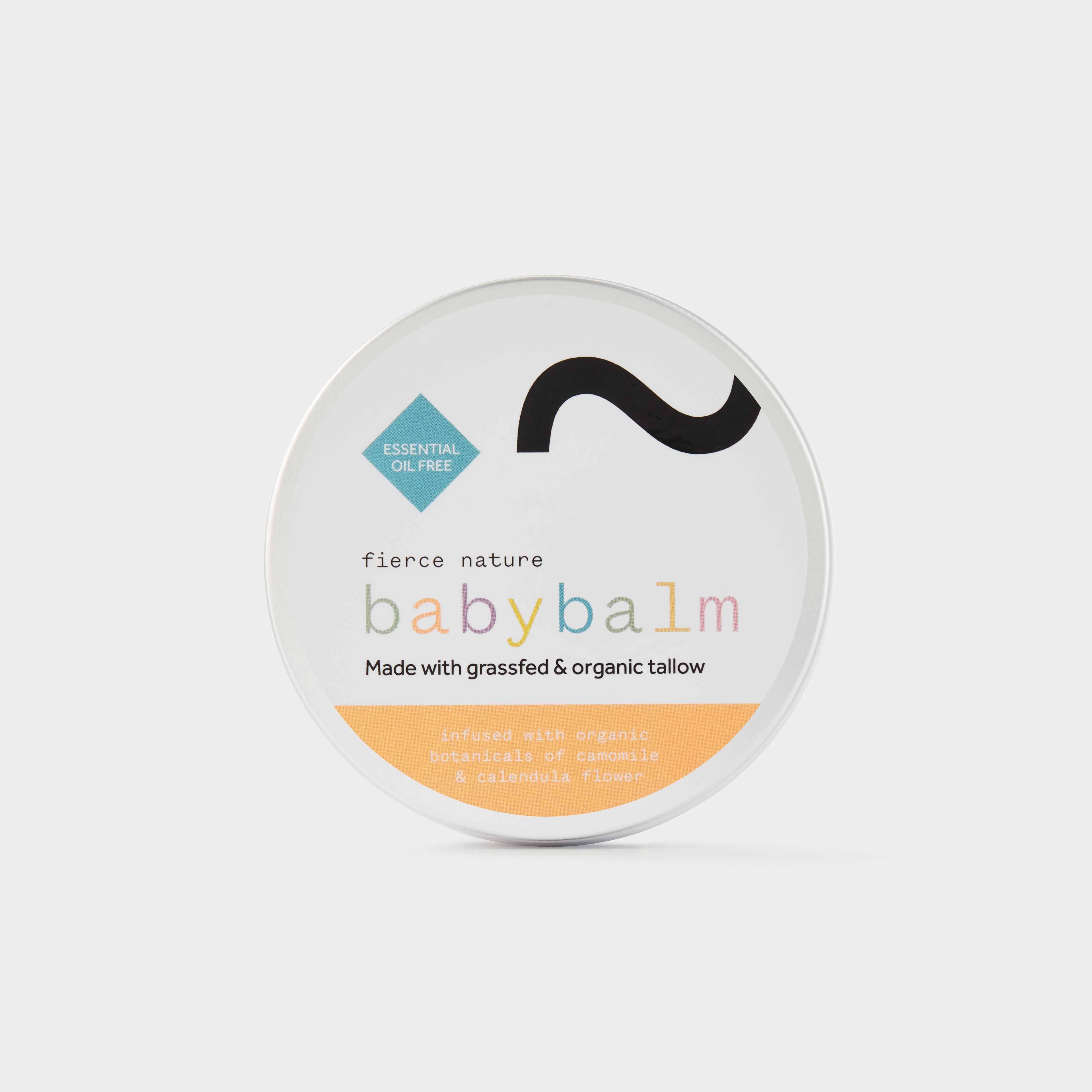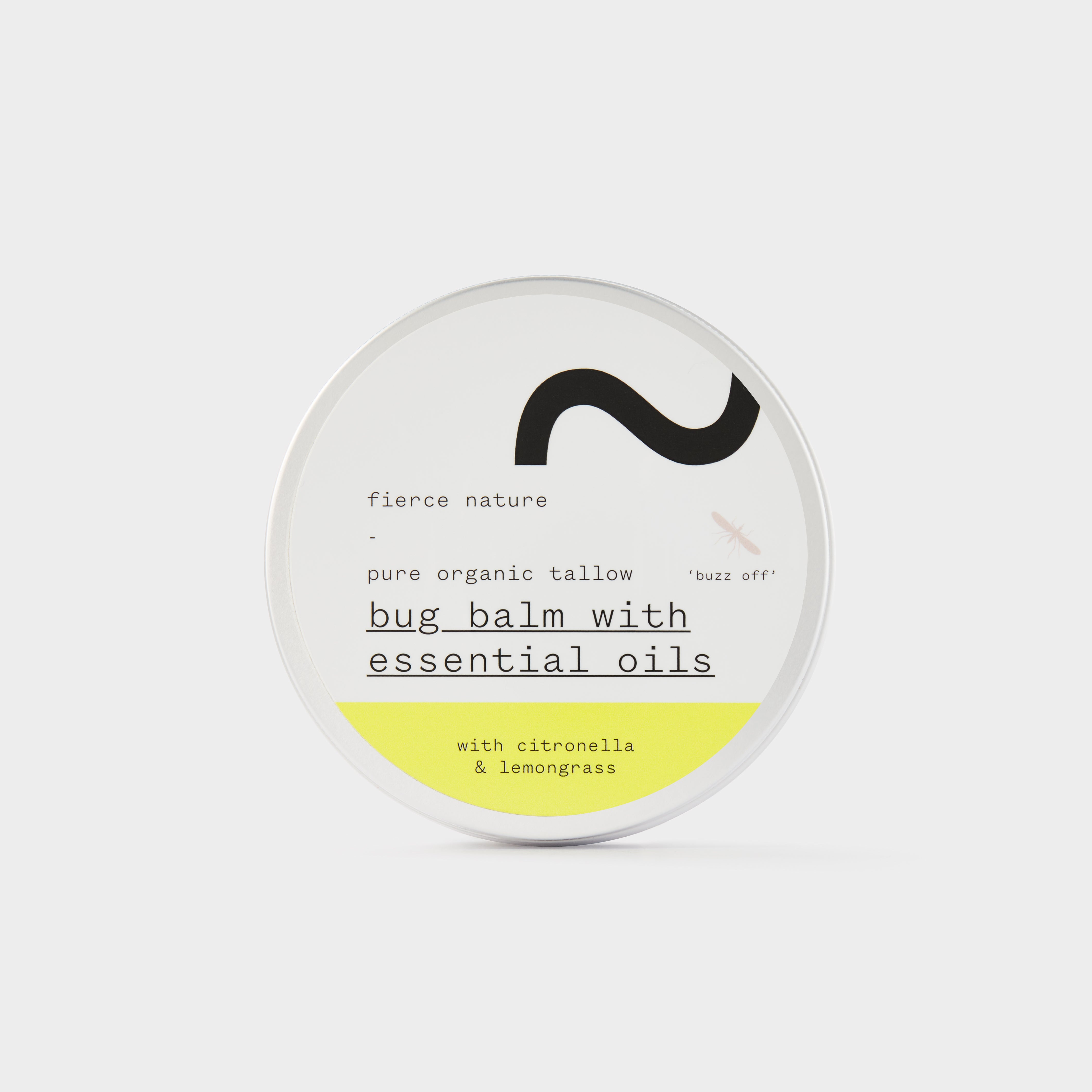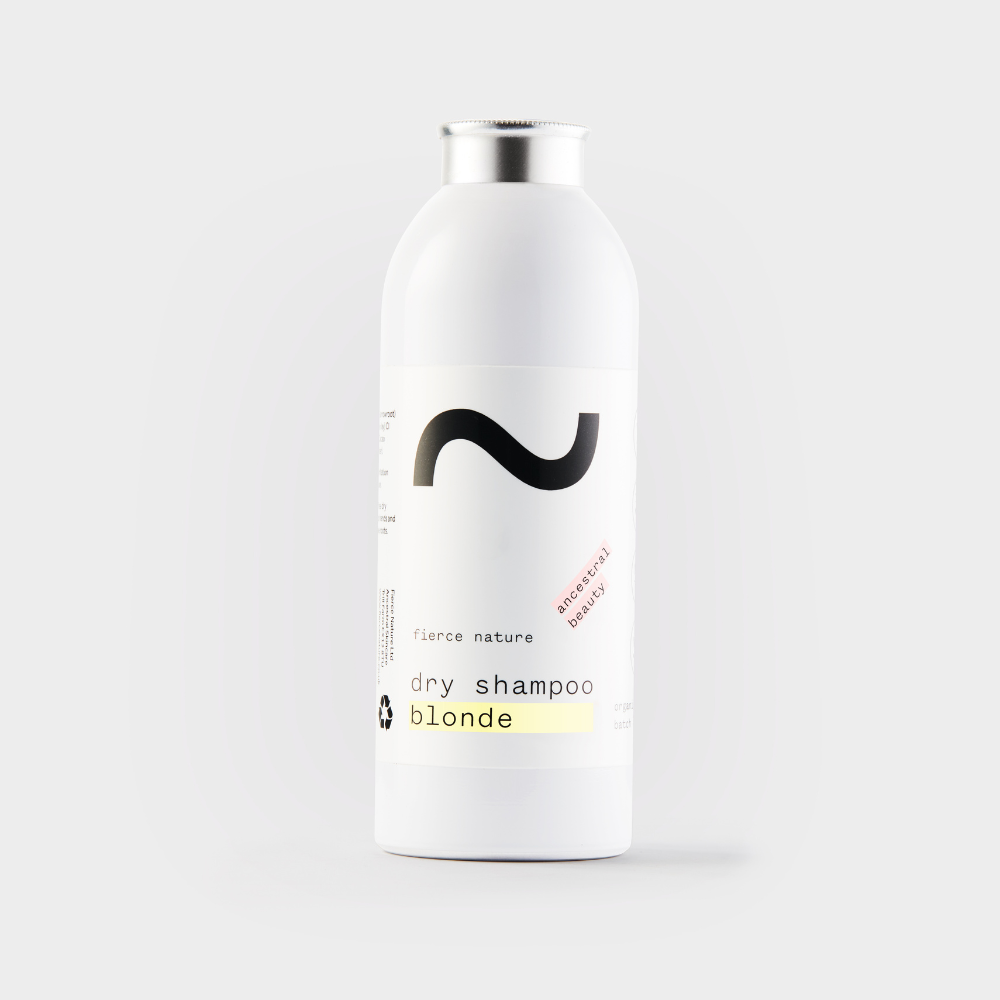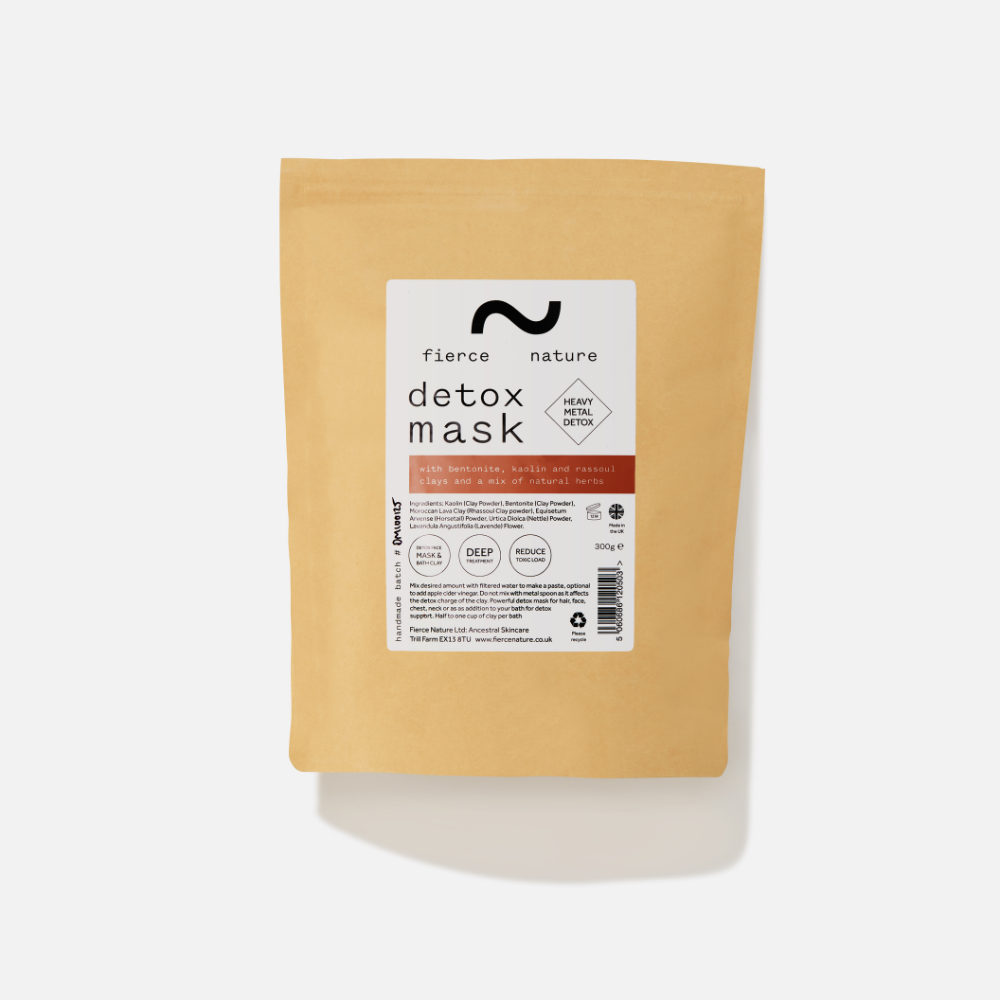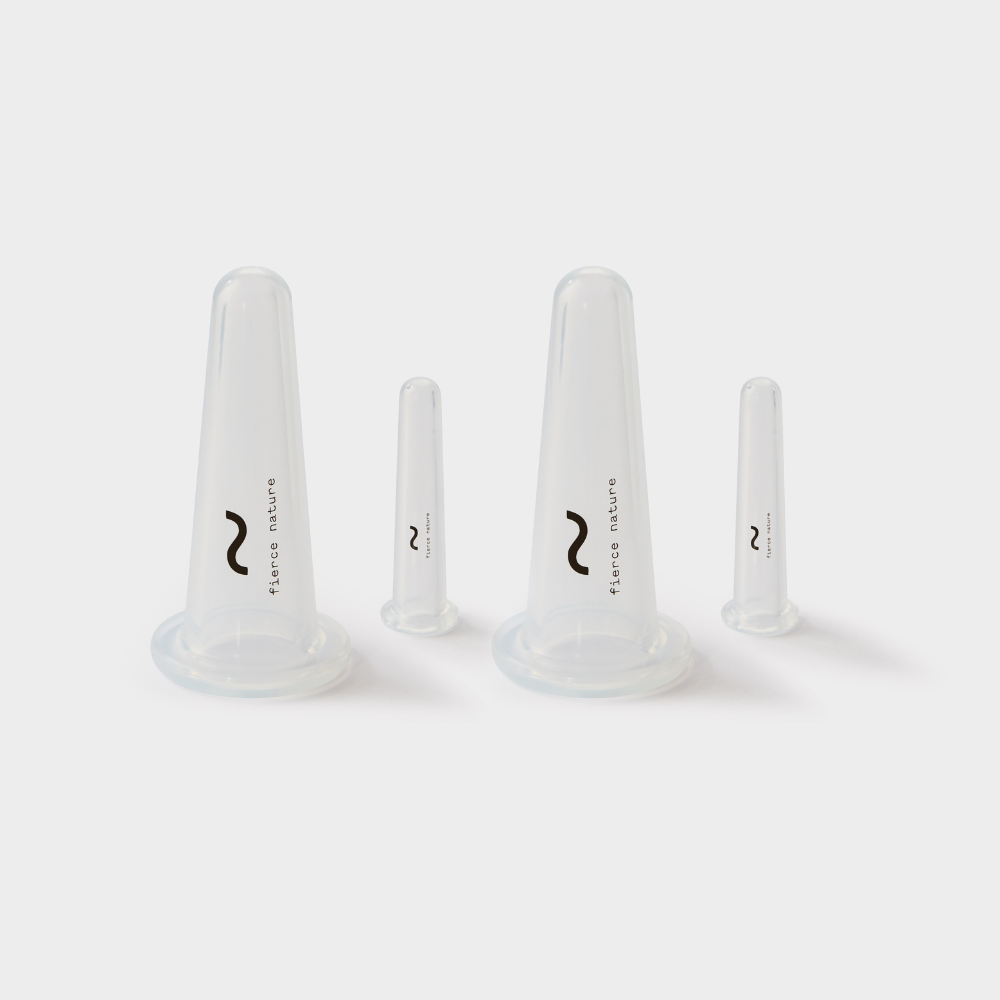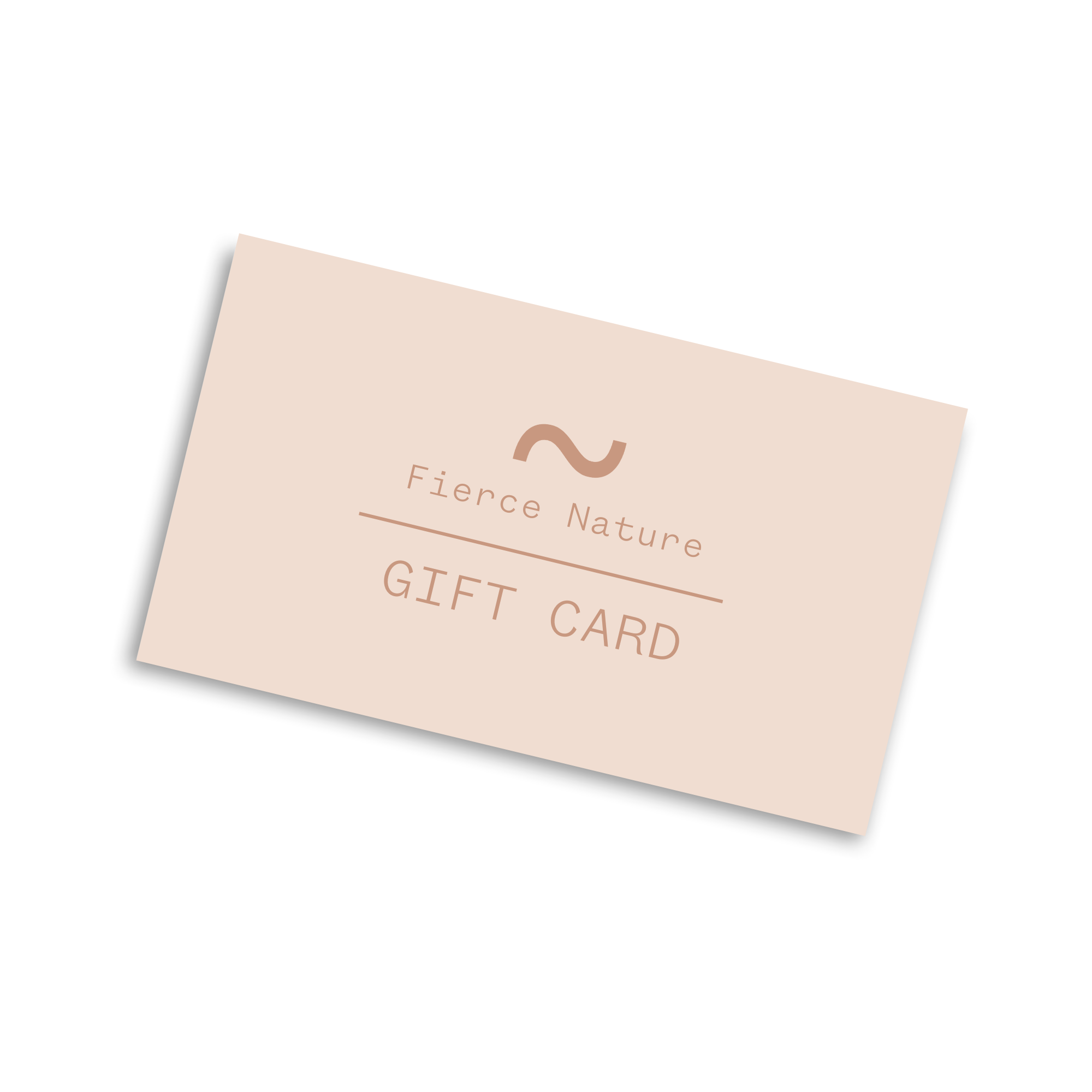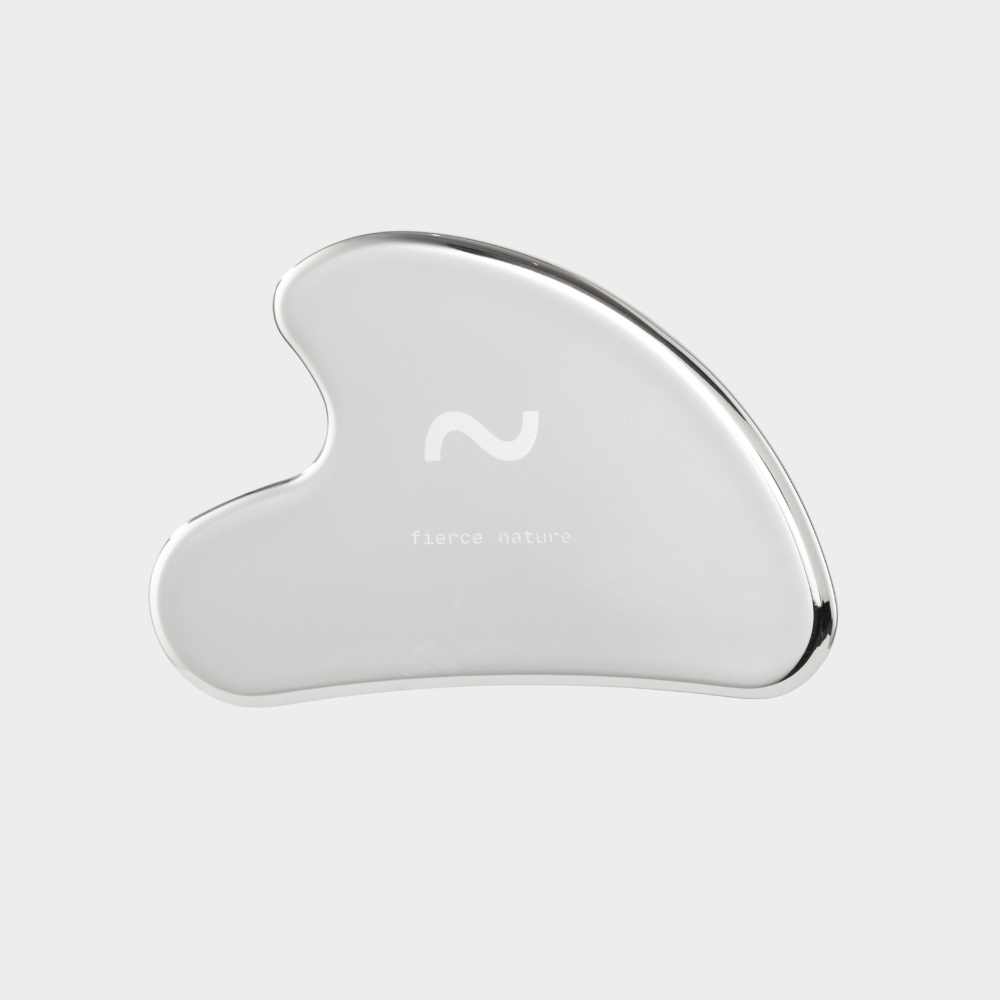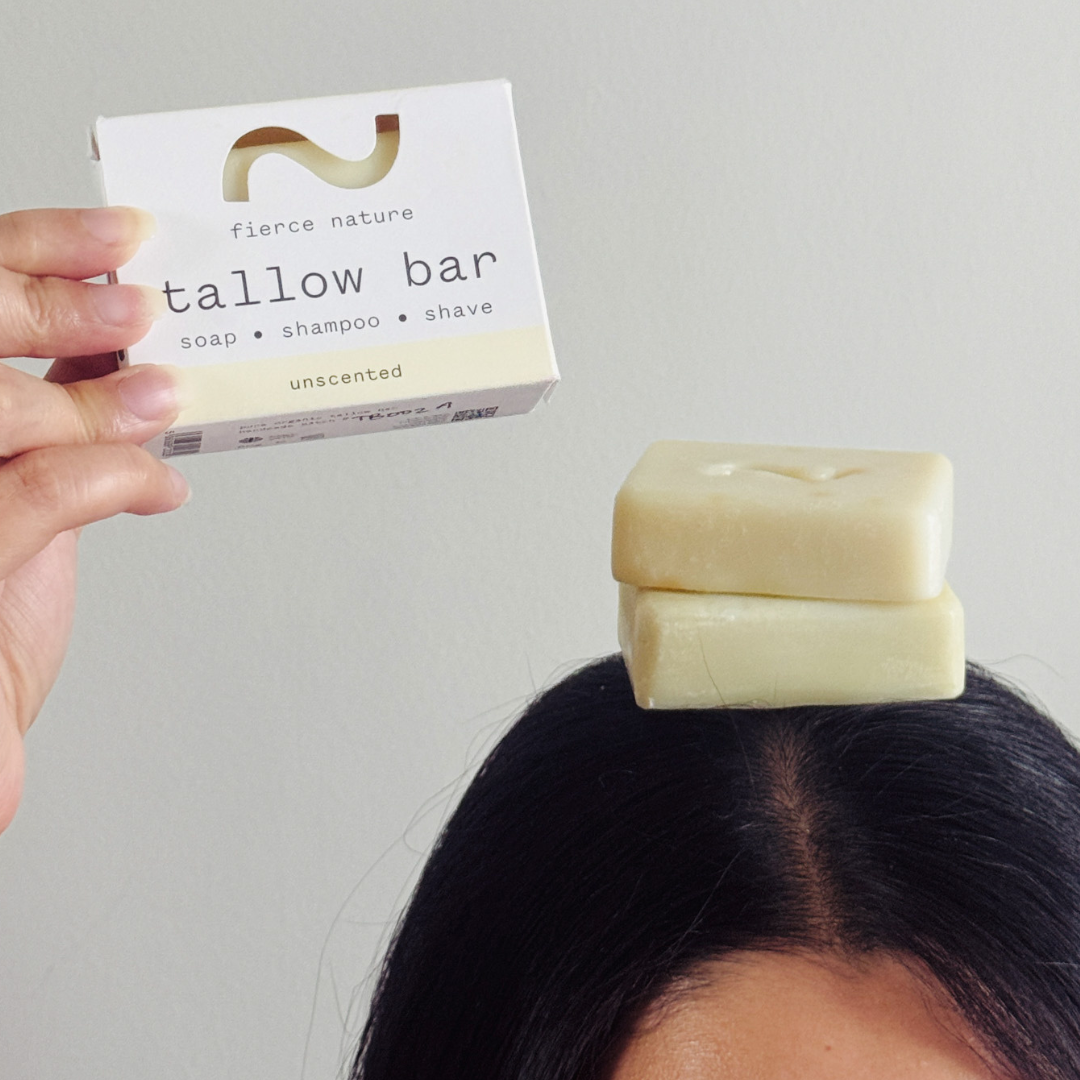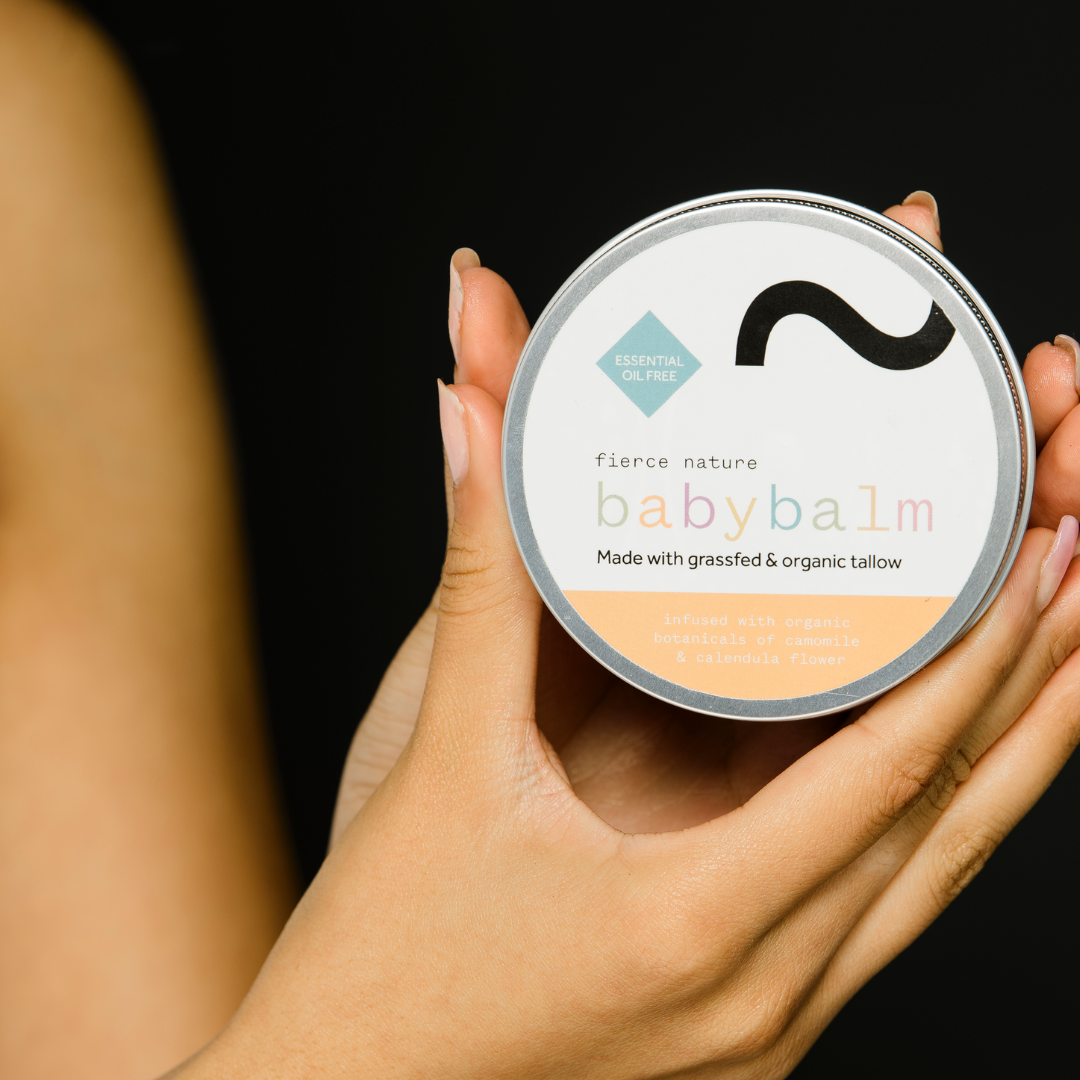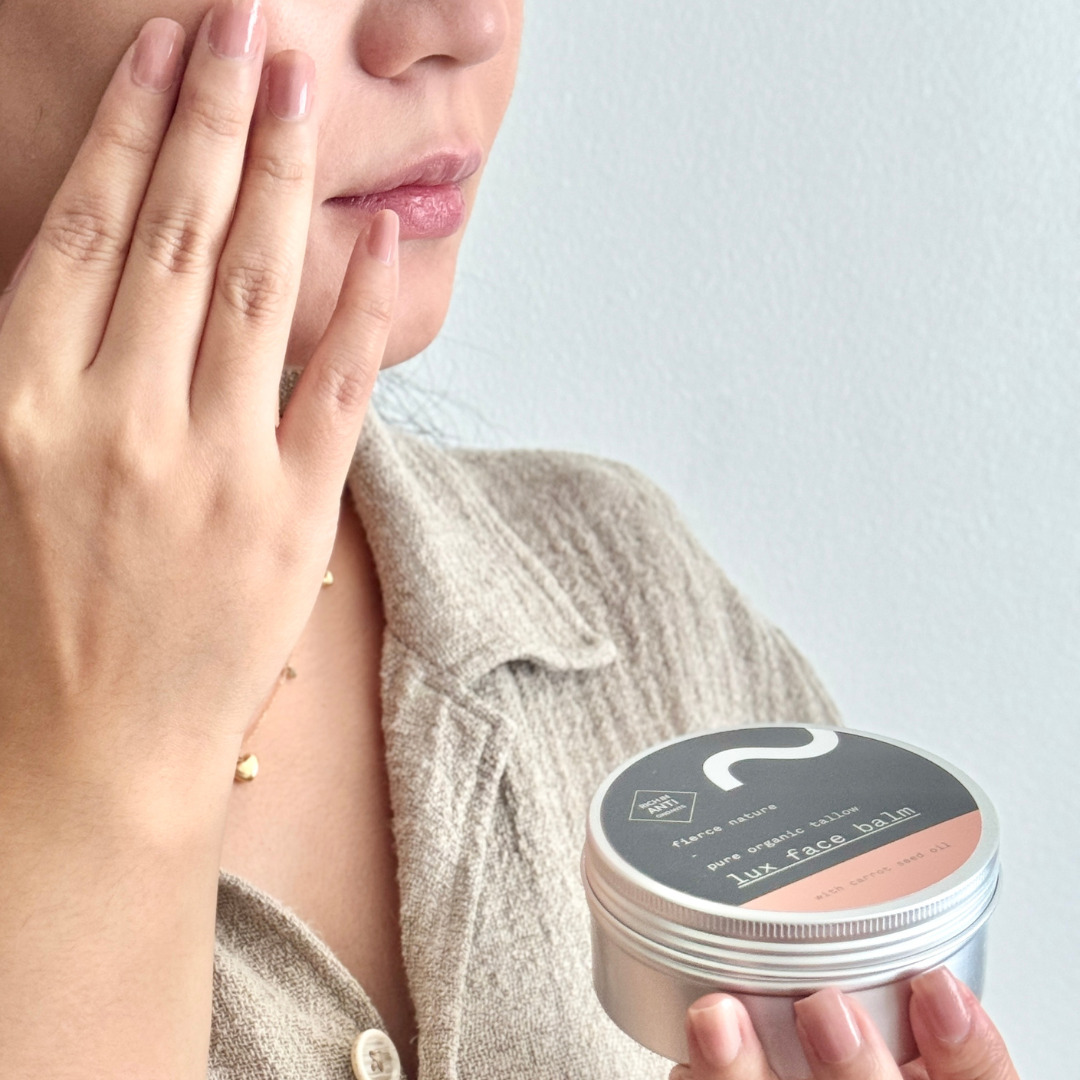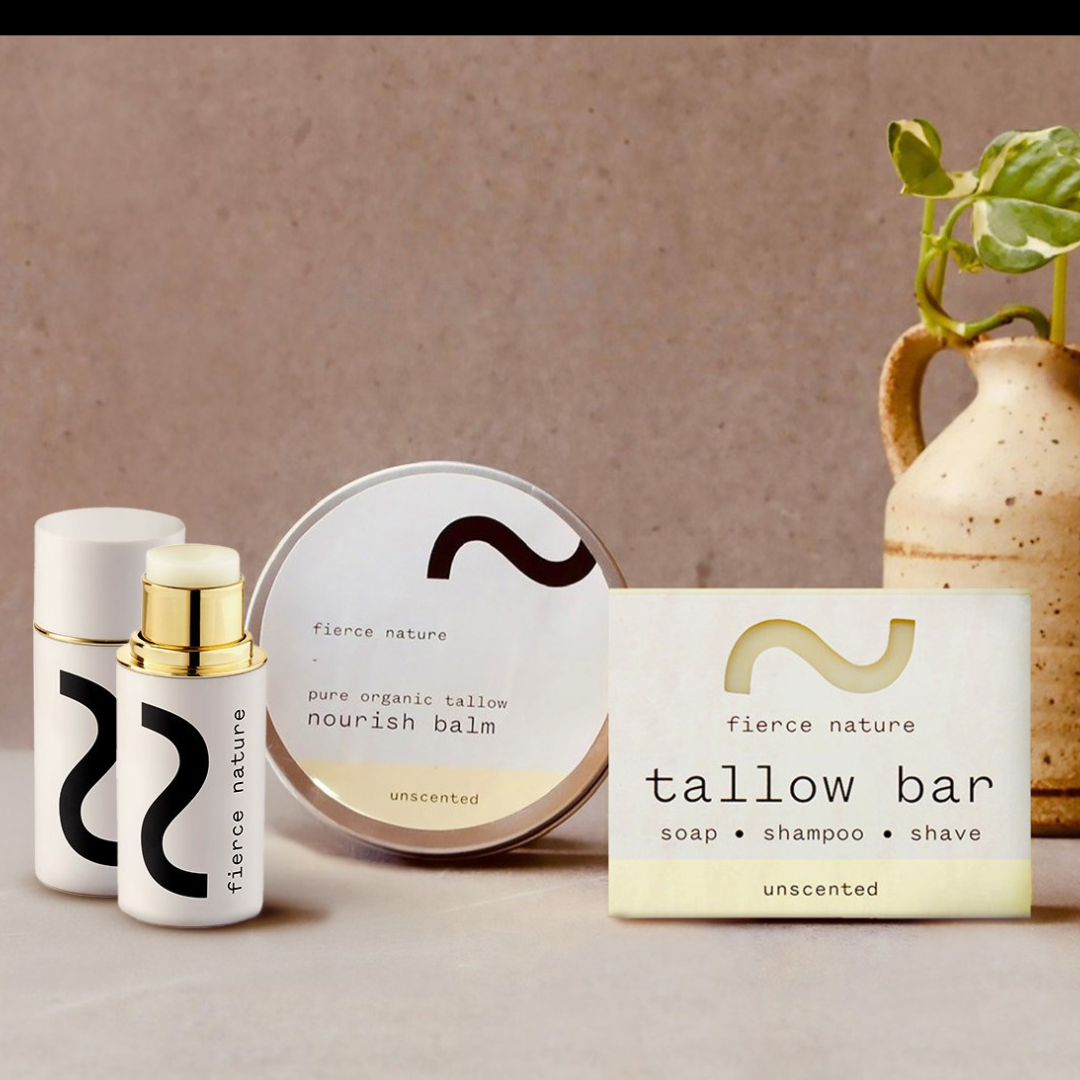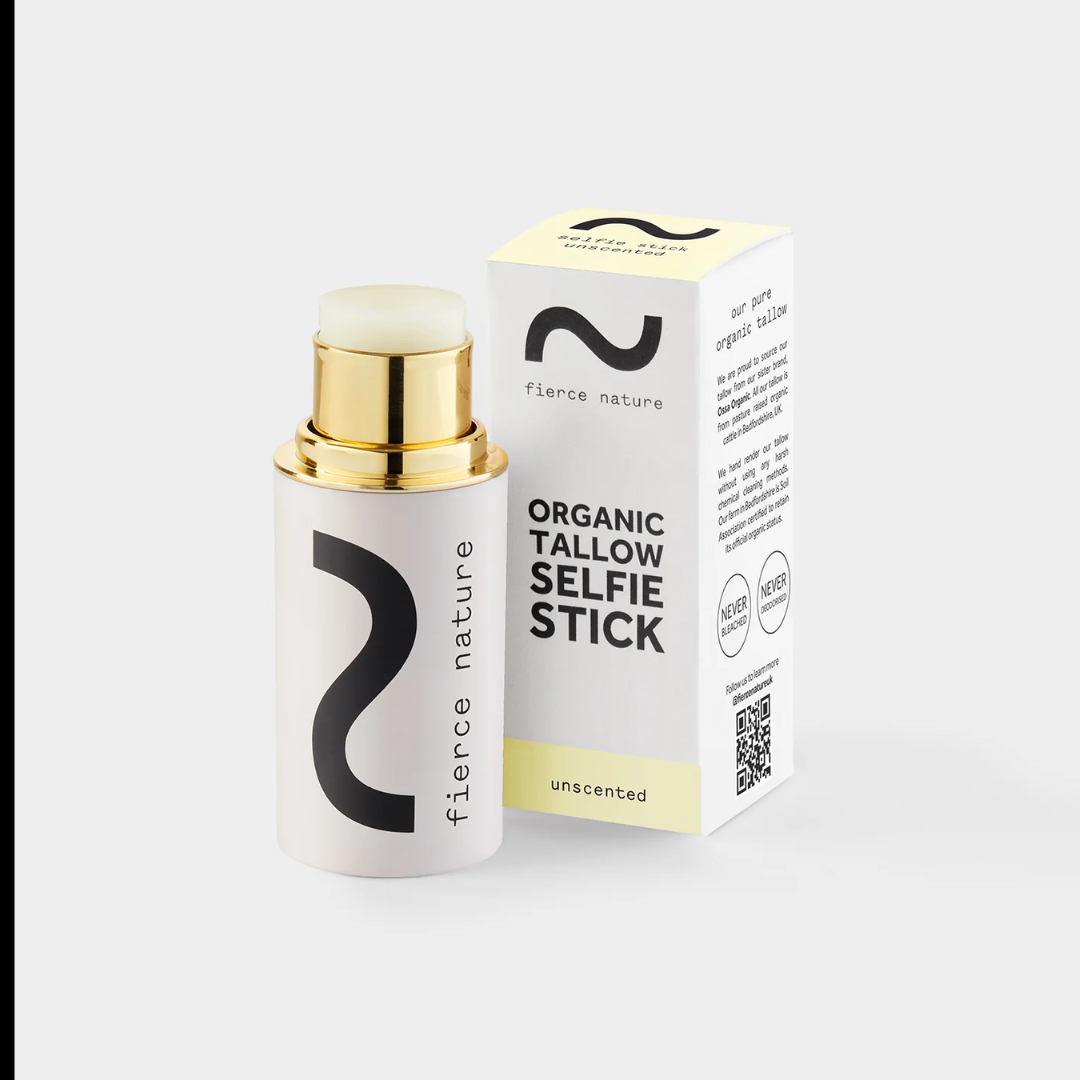During the busiest time of the year, only orders that include our limited edition advent calendar will have free shipping. Discount codes will not apply in this period.
If eczema flare-ups feel worse after your daily wash, you might be using the wrong soap. Many soaps strip away the skin’s protective oils, disrupt the microbiome (the helpful microbes living on your skin), and aggravate sensitive skin. When the barrier is damaged, itchiness, redness, dryness and even infection become more likely.
We believe that the right tallow soap, made without harsh detergents, can help restore balance. Our Multi-Use Tallow Bar Unscented is an example of a microbiome-friendly, gentle cleanse that supports healing rather than triggering further irritation.
Why Some Soaps Make Eczema Worse
-
Harsh Detergents such as sodium lauryl sulphate (SLS) and similar sulphates foam well but remove too much of the skin’s natural oils. This weakens the skin barrier, leaving it dry and more susceptible to flare-ups.
-
Strong Fragrances & Artificial Additives often irritate sensitive skin and disrupt the skin’s microbiome, provoking inflammation.
-
High pH Levels in many conventional soaps raise the skin’s alkalinity, which disturbs the natural mildly acidic skin environment and impairs barrier repair.
These factors combine to cause what many people with eczema describe: feeling worse after slip-sliding in soaps that promise “deep clean.” If your skin feels tight, flaky, or stinging after use, the soap may be making eczema worse.
What Makes a Microbiome-Friendly Soap
To soothe eczema rather than intensify it, a soap needs to be gentle, skin-supportive, and free from harsh, disruptive ingredients. Here’s what to look for:
-
No SLS, SLES or heavy detergents.
-
Very minimal additives, especially fragrance or dyes.
-
Unscented or naturally mild.
-
Formulated with fats or oils that resemble the skin’s natural lipids.
-
Balanced pH and clean finish.
This is where tallow soap shines. Tallow contains fatty acids (like stearic, oleic) similar to what your skin naturally produces, plus fat-soluble vitamins that nourish and help repair the skin barrier. When processed carefully, tallow soap helps preserve microbiome integrity, reduce inflammation, and keep skin supple.
Tallow Soap vs Conventional Soap: Key Differences
| Feature | Conventional Soap / Detergent Bars | Tallow-Based Soap (like ours) |
|---|---|---|
| Detergents (SLS, synthetic foaming agents) | Often present, can strip oils | Free from harsh detergents |
| Fragrances & dyes | Common; can trigger irritation | Unscented or naturally mild |
| Skin barrier effect | Can weaken, cause flaking, dryness | Supports barrier; helps retain moisture |
| Microbiome impact | Disruption likely | Helps preserve natural skin flora |
| Residue & dryness | Often left behind | Gentle rinse; less residue |
| Versatility | Many specific cleansers (hands, body) | Multi-use tallow bars are gentle for hands, body, face |
Introducing Our Multi-Use Tallow Bar Unscented
Our Multi-Use Tallow Bar Unscented is crafted for those sensitive skin moments when you need gentler cleansing without compromise. Because it’s unscented, it avoids triggering fragile skin. Because it’s tallow-based and free of harsh detergents, it supports the skin’s microbiome rather than disrupting it.
-
It cleanses without over-drying.
-
It doesn’t leave tightness after wash; instead, skin feels softly cleansed.
-
Safe for daily use even on eczema-prone areas.
-
Designed to replace multiple bars (hands, face, body) to avoid exposing skin to many different cleansers.
How to Use Tallow Soap in an Eczema-Friendly Routine
-
Wet skin with warm (not hot) water. Mild warmth helps but avoid scorching.
-
Lather the Multi-Use Tallow Bar Unscented in your hands or use a soft cloth/sponge.
-
Gently massage the soap over skin, avoiding scrubbing.
-
Rinse fully and pat skin dry using a soft towel.
-
Immediately apply a gentle moisturiser or balm to seal in moisture.
Using tallow soap only when needed (or alternating with unscented balm cleansers) can reduce flare-ups and support recovery.
Real Skin, Real Results
Many of our community have switched from harsh soaps only to see improvements: less itching, fewer flare-ups, skin feels calmer and more balanced. We often hear that after switching to tallow soap and reducing synthetic cleansers, skin irritation is noticeably less and healing begins sooner.
FAQ: Common Questions About Tallow Soap & Eczema
Q: Is tallow soap safe if I have severe eczema or open sores?
A: Always patch test first. For open broken skin, use gently and follow up with a balm. If irritation increases, consult healthcare advice.
Q: Will unscented mean no smell at all?
A: Our unscented bar has a very mild, natural scent from the tallow itself, which fades quickly once skin is rinsed and dried.
Q: How long should a tallow soap bar last?
A: When kept dry between uses and not left in water, a high-quality tallow bar can last longer than many synthetic soaps.
Q: Can tallow soap clog pores or cause acne?
A: Tallow mimics natural skin lipids and is generally well tolerated. If you are acne-prone, you might want to use it carefully on facial zones and monitor breakouts. Always rinse thoroughly and follow with non-comedogenic moisturiser.
Make the Switch for Gentler, Healthier Skin
If you suspect your current soap is making eczema worse, switching to a microbiome-friendly, tallow-based soap could be one of the most helpful changes you make. With tallow soap like our Multi-Use Tallow Bar Unscented, you get cleansing that supports your skin’s natural strength instead of compromising it.
When skin feels calmer, nutrition is locked in, and your microbiome is protected, healing becomes not just possible but expected. That’s the difference between short-term relief and long-term natural skin wellness.


